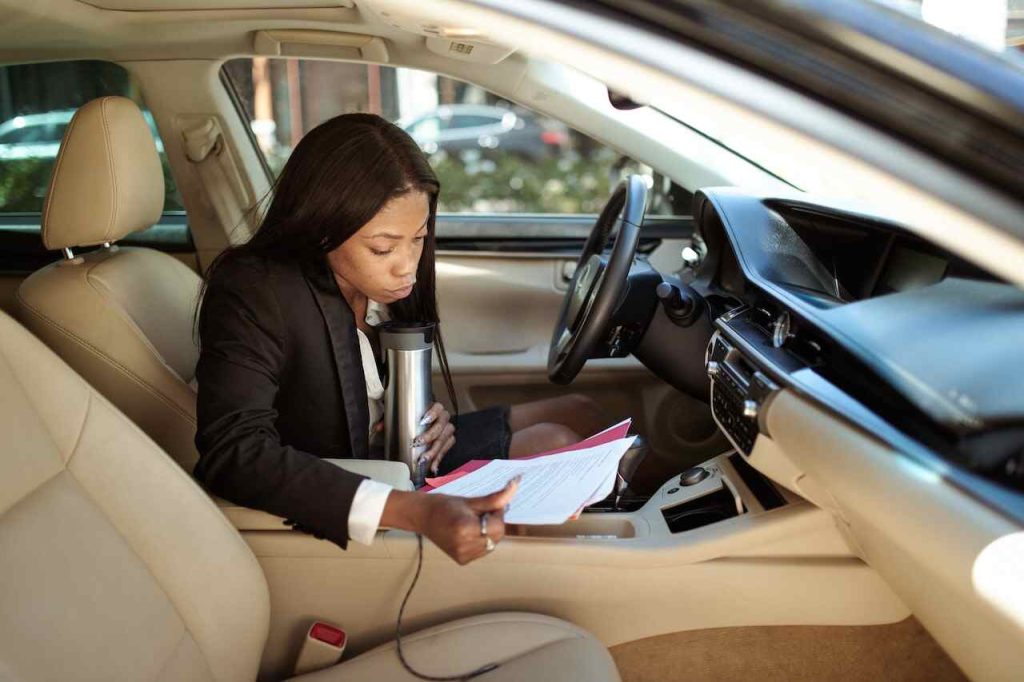Have you ever wondered about the real cost of owning a car? Many might think the sticker price tells the whole story, but there’s much more to it. From the moment one decides to purchase a vehicle, they’re faced with numerous associated costs that significantly increase the average cost of a car. Let’s dive into this topic to bring some clarity.
1. Purchase Price and Additional Buying Costs
The initial purchase price is often the most visible cost. However, it doesn’t reflect the entire expense related to the buying process. Sales taxes, registration fees, and dealership costs can considerably raise the total amount paid. Furthermore, those who finance their car must consider interest payments. These costs can add up quickly, making the car significantly more expensive than the price tag suggests.
2. Insurance Costs: A Necessary Expenditure
Once the car has been purchased, it must be insured. Car insurance is not a cost that can be avoided or skimped on. Insurance rates can vary widely based on factors such as the driver’s record, the make and model of the vehicle, and even the driver’s geographical location. Though it might be tempting to opt for a lower-priced policy, it’s essential to ensure adequate coverage to safeguard against financial liabilities in the event of an accident or unexpected damage.
3. Fuel Expenses: Keeping the Wheels Turning
Fuel costs are another ongoing expenditure that car owners must consider. The cost of keeping the tank full will depend on the vehicle’s fuel efficiency and the current fuel prices, both of which can fluctuate. Using the vehicle’s miles-per-gallon (MPG) rating and the average fuel price, car owners can estimate their potential annual fuel costs.
In general, while fuel-efficient cars may come with a higher upfront cost, they could result in significant savings over time, making them a worthwhile investment for those conscious of running costs.
4. Maintenance and Repair Costs: A Hidden Expense
Routine maintenance is crucial to car ownership, ensuring the vehicle’s longevity and smooth operation. Regular oil changes, tire rotations, brake checks, and inspections come with their associated costs. Additionally, car owners should be prepared for unexpected repair costs. Vehicles can break down without warning, and repair costs can sometimes run into thousands of dollars, significantly adding to the total cost of ownership. As stated by Avail Car Sharing, “Owning a car carries a lot of additional costs, so budget-savvy drivers do what they can to offset small and large expenses alike.”
5. Depreciation: The Silent Cost Factor
One often-overlooked aspect of car ownership is depreciation, the car’s value loss over time. When a new car is driven off the lot, its value decreases. After the first year, most cars have lost around 20% of their value, and by the end of the fifth year, this number often reaches 60%. This silent cost factor can make owning a car more expensive than many realize.
When considering the average cost of a car, it’s important to look beyond the initial purchase price. Prospective car owners can make more informed decisions by understanding all the associated costs – from insurance and fuel to maintenance and depreciation. Always remember a car is an investment; like all investments, it’s crucial to know what you’re getting into before you take the leap.

